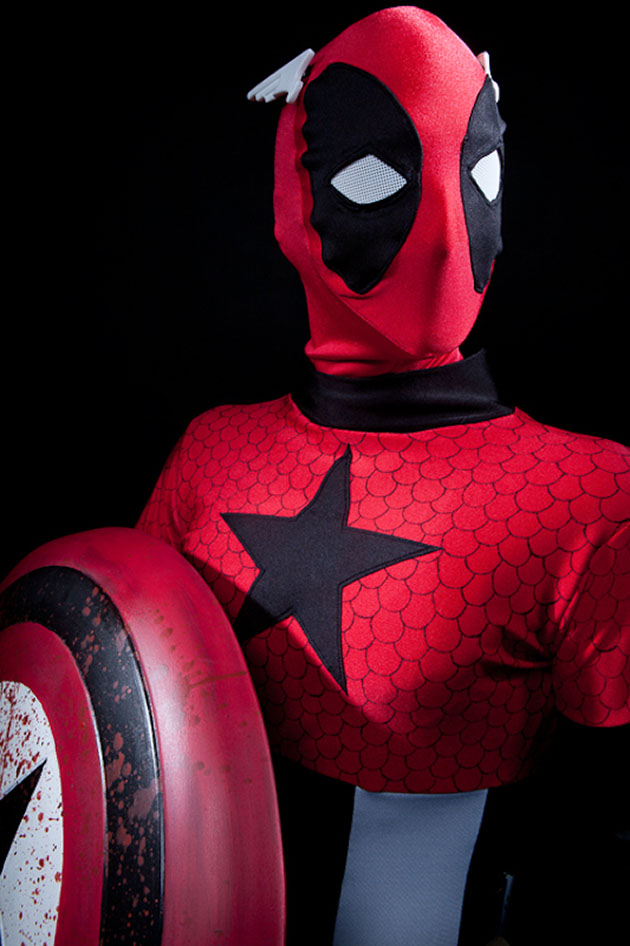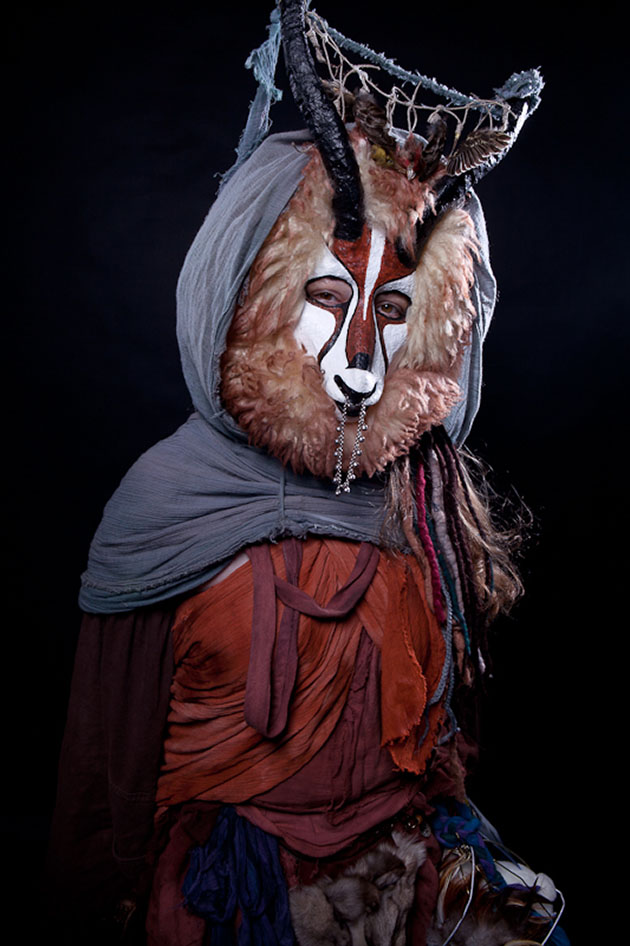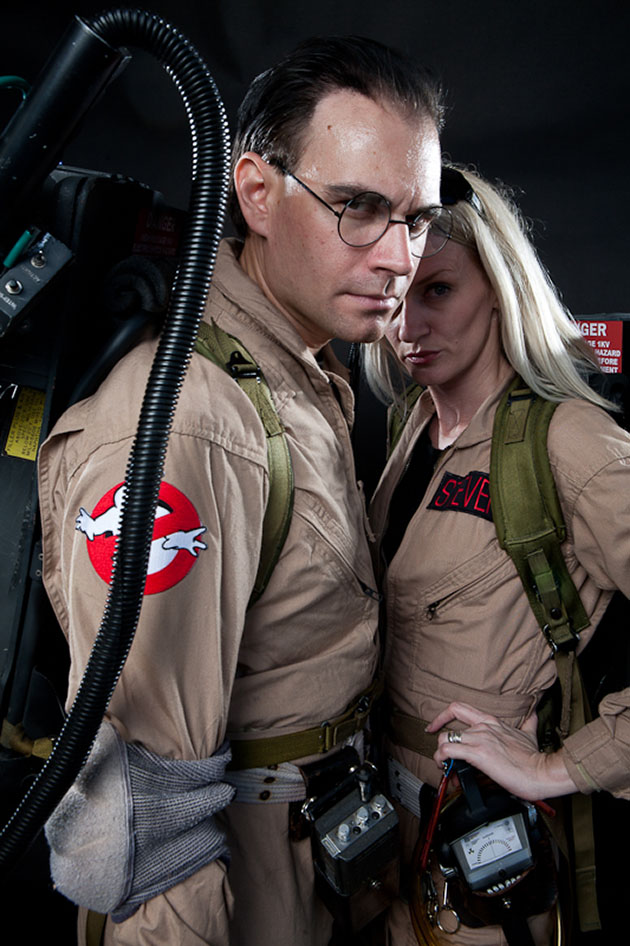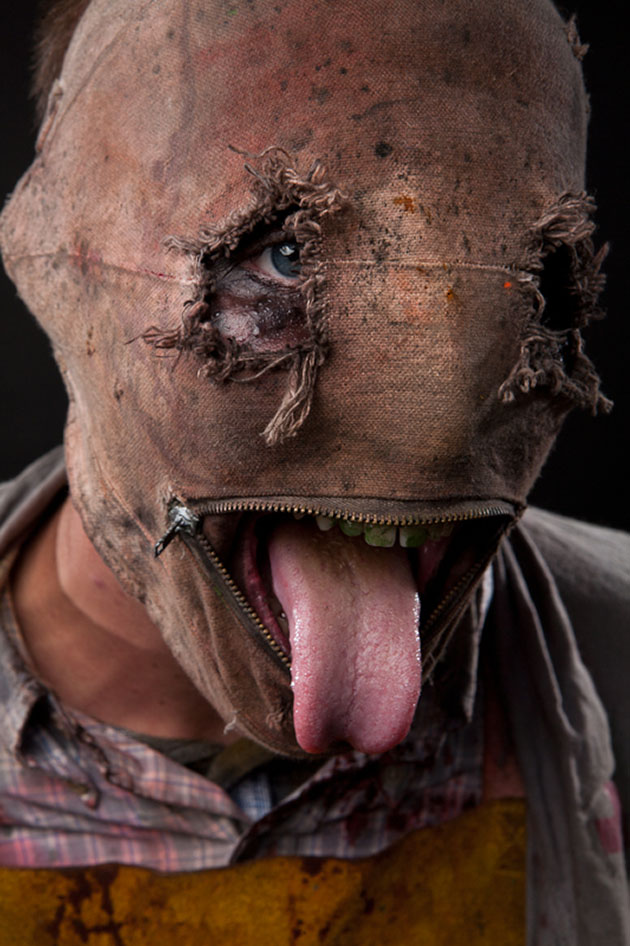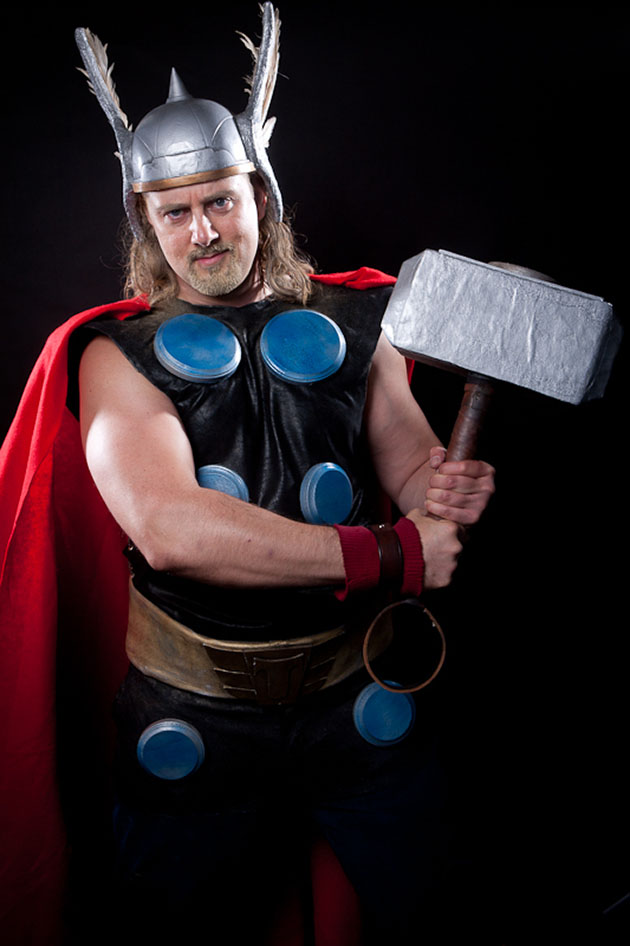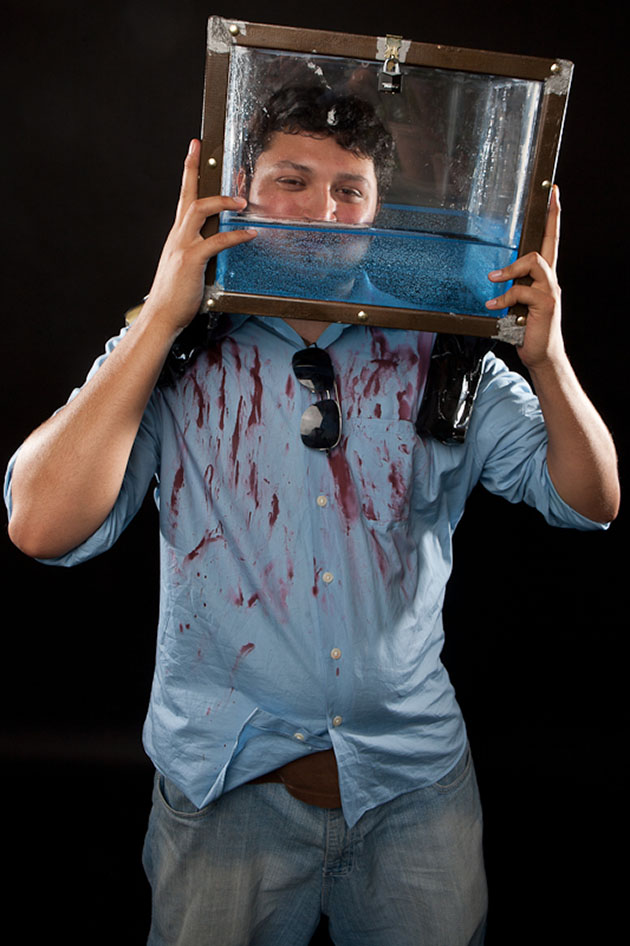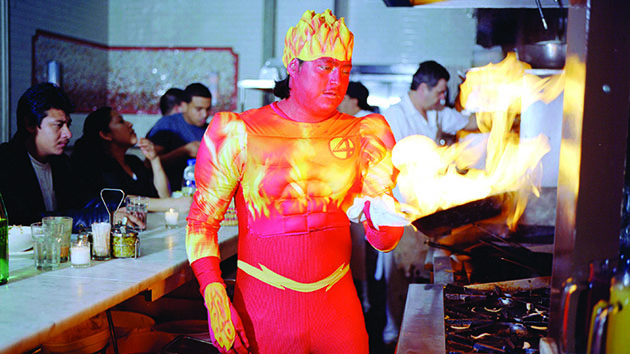I’ll admit it: I’m a comic-book geek. I’ve been a card-carrying member since age 10. Around the age of 12, my mother let me loose upon the San Diego Comic Book Convention to run amok for four days with other geeks. Twenty-six years later (you do the math), I still make the annual pilgrimage down to San Diego. Except now, the Con has grown so much that the crowd is large enough to fill a convention center the size of two battleships.
A few years ago, I started to notice that more people were showing up at the convention in costumes. Many belong to a community called “Cosplay“—short for costume play. Cosplay was a trend that started in Japan, with kids making their own costumes based on their favorite anime characters. The fad made its way to America, and more importantly, to the comic-book world.
People sometimes spend years stitching, suturing, and hot-glue-gunning their character-inspired costume. It’s a fascinating culture. This year, comic book and Pixar story artist Scott Morse and his friends put together a small convention of their own called Trickster, located directly across the street from Comic-Con (at a wine bar, even). Wearied Con-goers sought refuge at the less chaotic Trickster and got a chance to hangout with artists, who were on-site to draw and sell some of their personal artwork. The folks at Trickster were kind enough to give me a small space to set up a makeshift photo studio. This is a sampling of the colorful Cosplayers and comic book artists I photographed that day.

